Fusion devices at IPP
Important research devices of IPP at Garching and Greifswald from the seventies of last century till today
Max-Planck-Institute for Plasma Physics is the world's only fusion centre investigating devices of both the tokamak and stellarator types. This has allowed direct comparison since the early seventies.
Today IPP is running the ASDEX Upgrade tokamak at Garching and the Wendelstein 7-X stellarator at Greifswald.
Tokamaks
- Pulsator (1973 - 1979)
- ASDEX (1980 - 1990)
- ASDEX Upgrade (since 1991)
Stellarators
- Wega (1975 - 2013)
- Wendelstein 7-A (1975 - 1985)
- Wendelstein 7-AS (1988 - 2002)
- Wendelstein 7-X (since 2015)
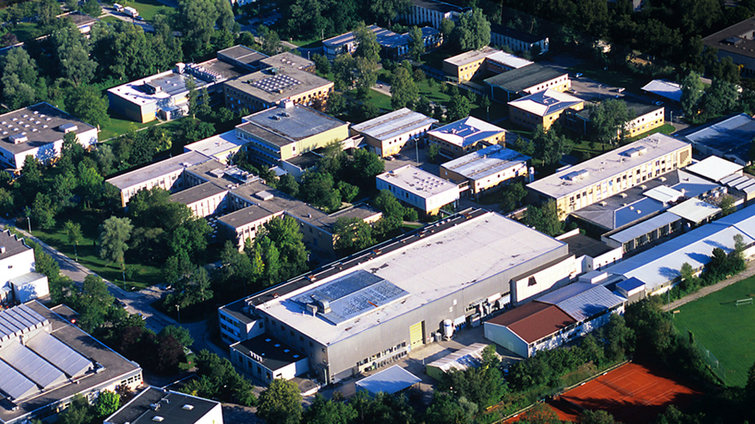
On the way to a power plant – history of fusion research at IPP
In 1960 IPP was founded as Institut für Plasmaphysik GmbH.
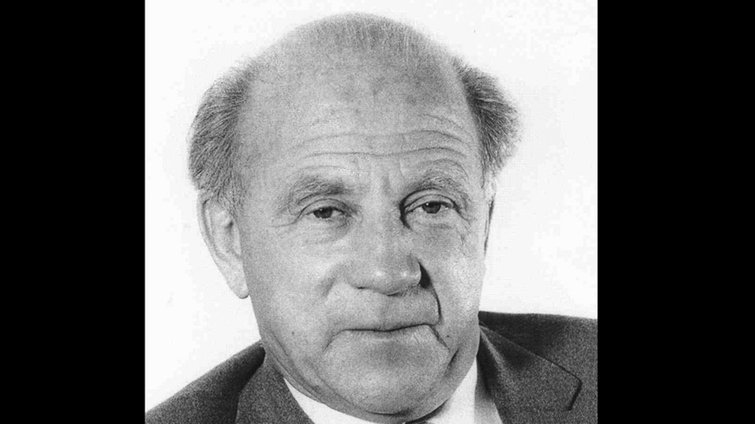
Institut für Plasmaphysik GmbH was a partnership of the Max Planck Society and Prof. Dr. Werner Heisenberg.
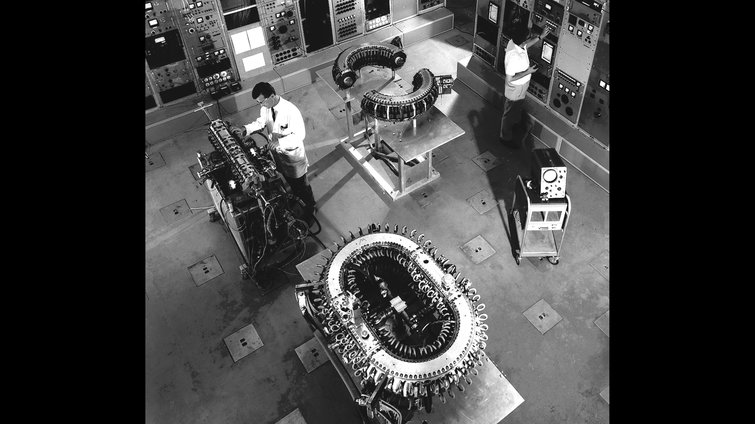
In 1960 the Wendelstein 1a stellarator goes into operation (foreground), in addition pinch experiments are investigated (till 1979).
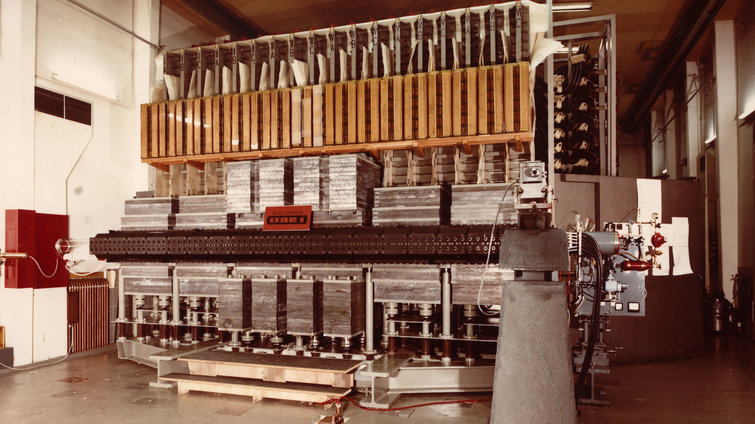
In 1964 temperature measurement by laser light scattering is developed (in the ISAR 1 theta pinch), the first reliable plasma thermometer worldwide.
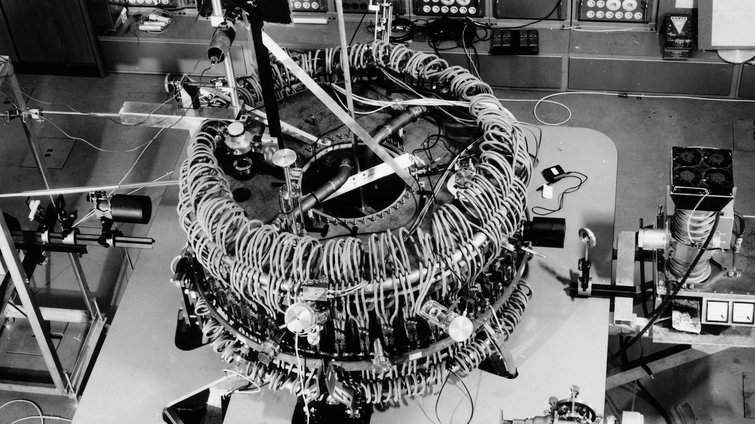
In 1969 good confinement behaviour is discovered in the Wendelstein 2a stellarator (1968-1974).

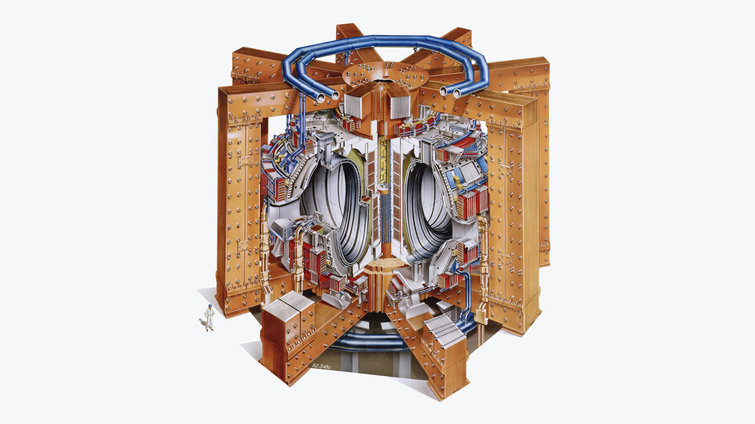
Since 1973 IPP is participating in the planning of the joint European experiment, JET (Joint European Torus).
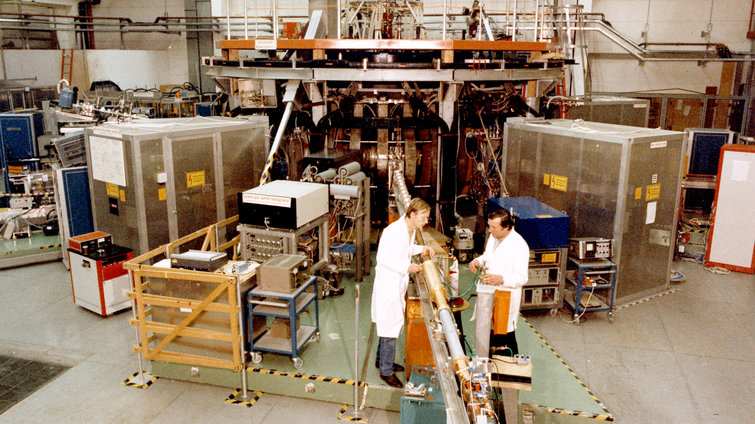
In 1980 Wendelstein 7-A (1976-1985) succeeds in the world's first genuine stellarator operation: A hot plasma is confined without plasma current solely by external magnetic fields.
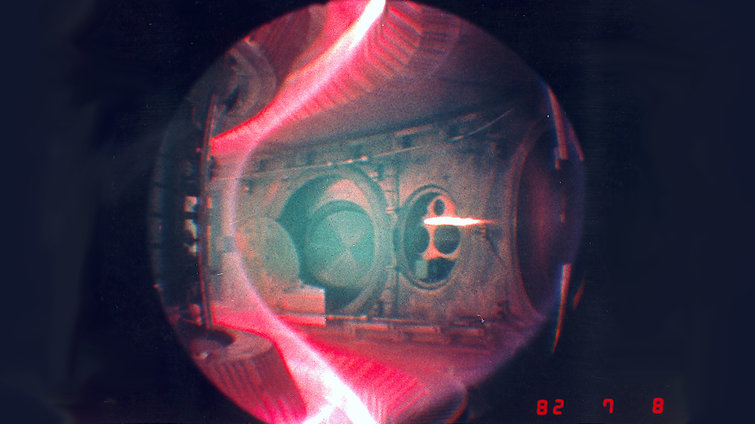
In 1982 a plasma regime of good thermal insulation, the H-regime, is discovered in the ASDEX tokamak (1980 - 1990). Also a subsequent fusion power plant will work in the H-Regime.
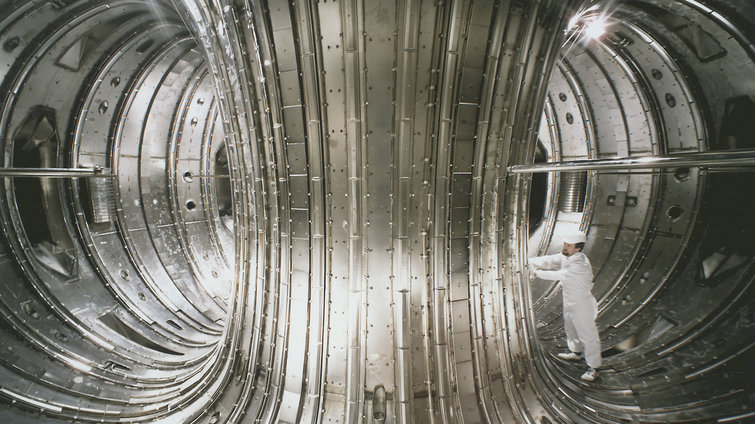
In 1983 JET, the Joint European Torus, is commissioned, the world’s largest fusion device.
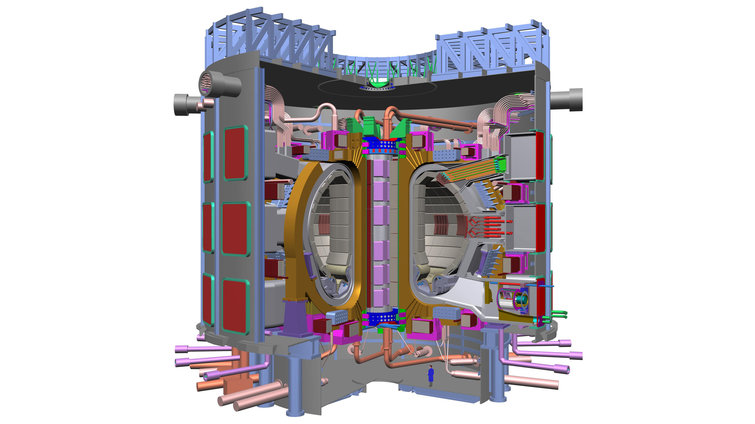
In 1985 Soviet General Secretary Gorbachev and French Prime Minister Mitterand propose the ITER international test reactor as a symbol of the end of the Cold War.
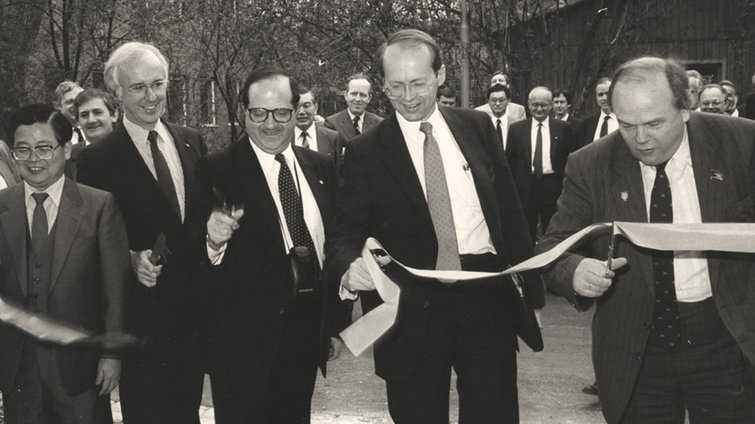
In 1988 the international ITER Group commences planning at IPP in Garching. Representatives of Japan, Europe, USA and the Soviet Union (from left to right) inaugurate the new ITER building.
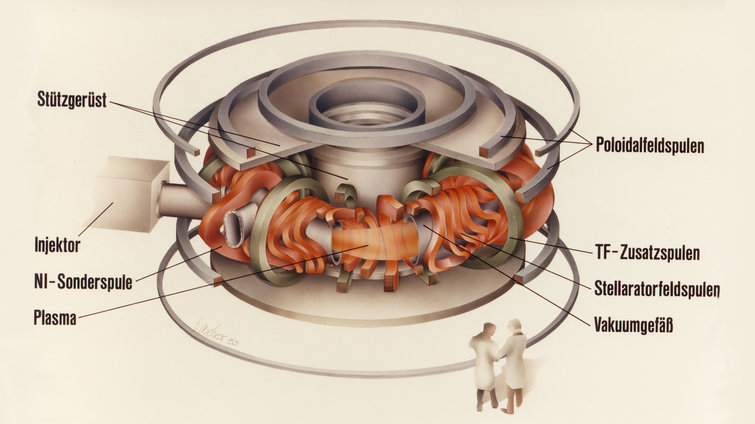
In the same year the Wendelstein 7-AS modular stellarator produces the first plasma (1988-2002).
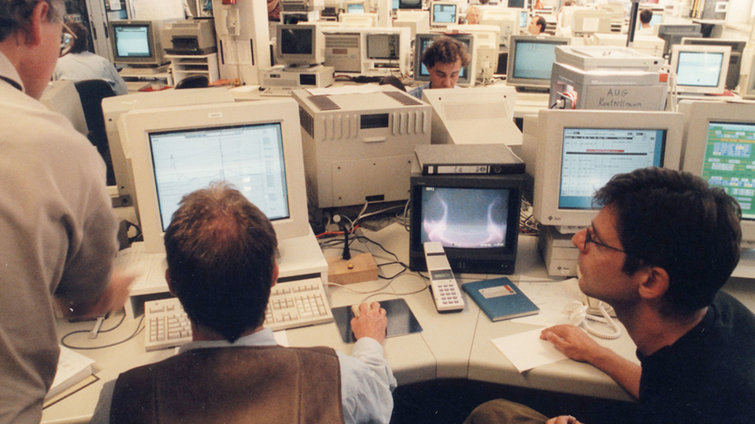
In 1991 the ASDEX Upgrade tokamak goes into operation, then Germany’s largest fusion device.
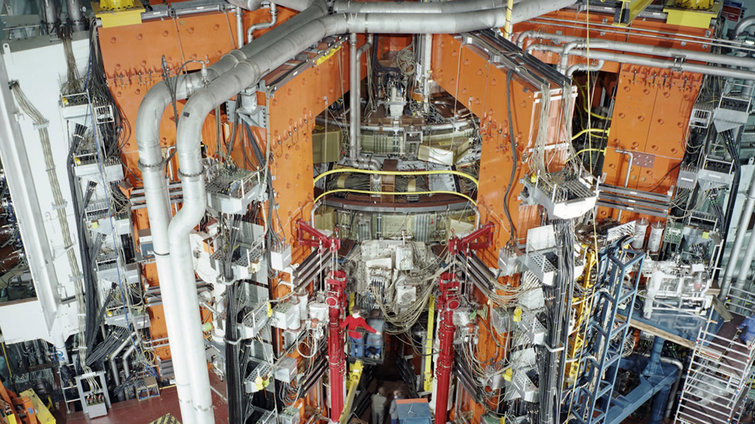
In 1991 JET achieves the first deuterium-tritium-discharge in the history of fusion research: 2 megawatts of fusion power are produced for 2 seconds.
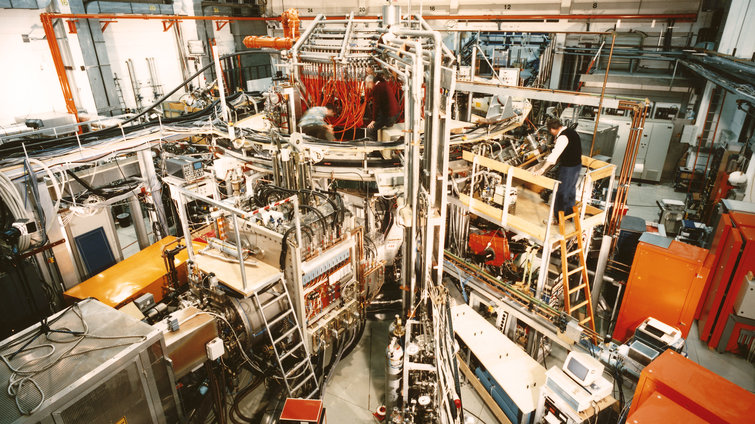
In 1992 Wendelstein 7-AS (1988 - 2002) is the first stellarator to achieve the H-regime.

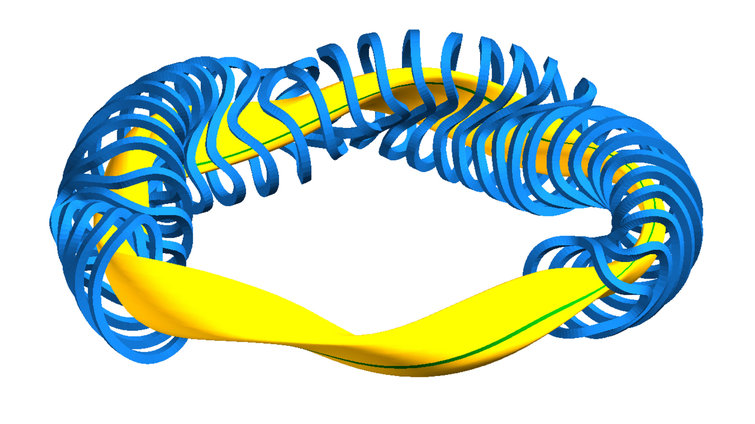
In 1997 the foundation stone is laid at the Greifswald Branch of IPP – the site of the Wendelstein 7-X fusion device.
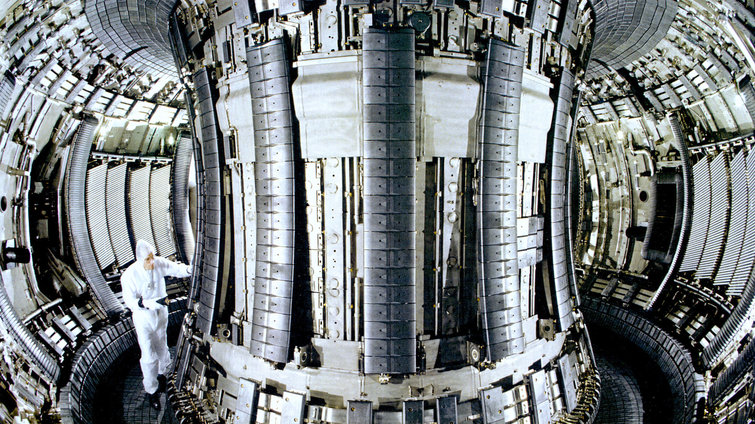
In 1997 JET again achieves world record results: 16 megawatts of fusion power; 65 per cent of the heating power is recovered as fusion power.
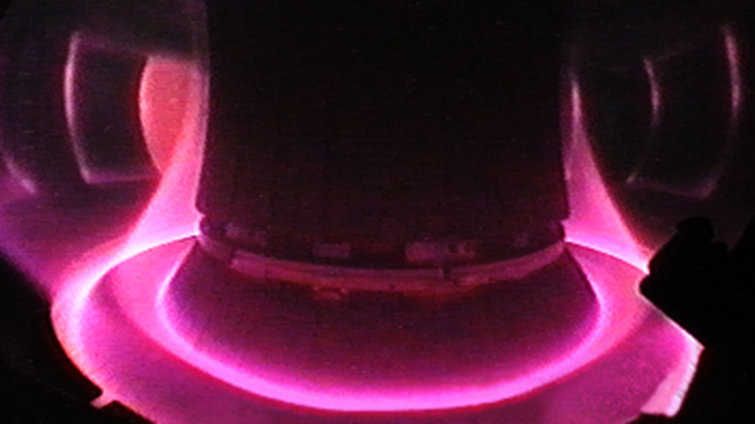
In 1998 a mode of plasma operation with improved thermal insulation is discovered in ASDEX Upgrade, the “Improved H-Regime”.
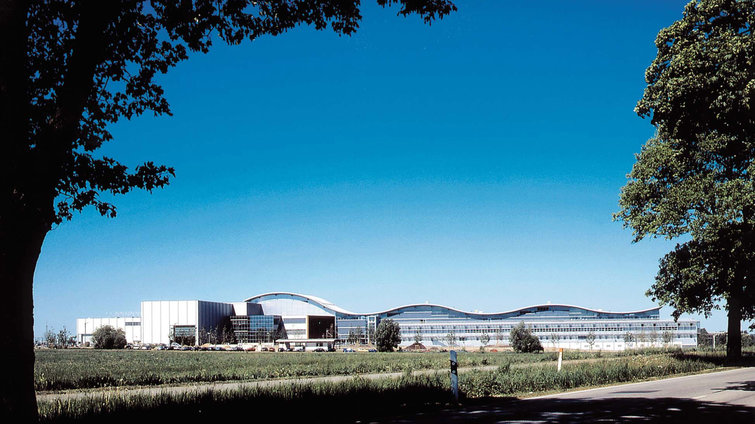
In 2000 the new buildings of the Greifswald Branch of IPP are opened.
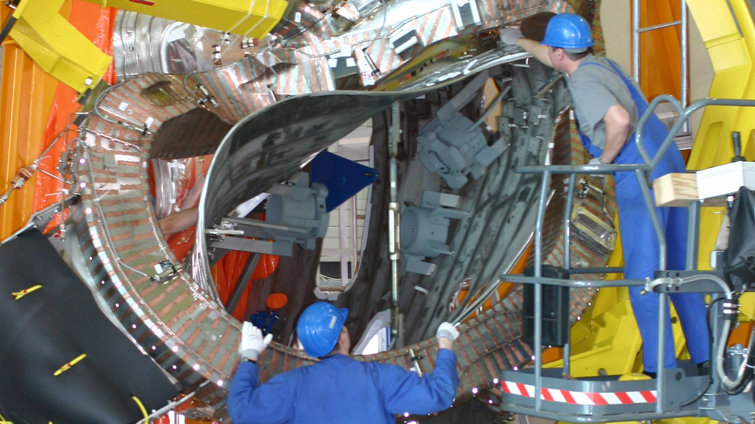
In 2005 starts construction of the Wendelstein 7-X stellarator in Greifswald.
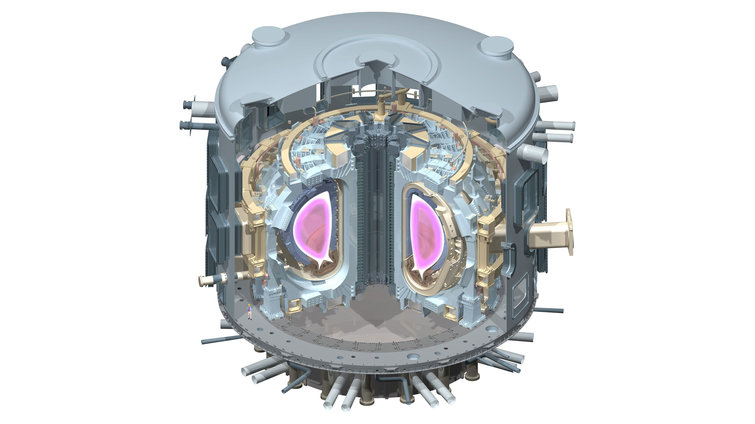
In 2007 the ITER Organization formally enters into force. Work at the ITER site at Cadarache, France, is starting.
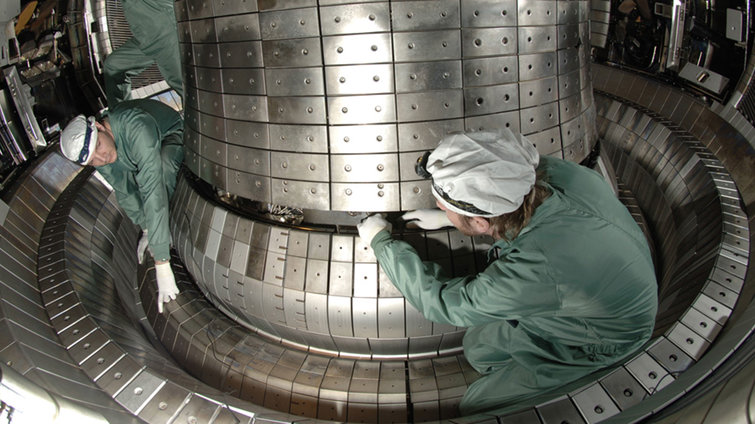
In 2007, after reconstruction, ASDEX Upgrade becomes the world's first and only device allowing experiments with a plasma vessel completely clad with metal, viz. tungsten.
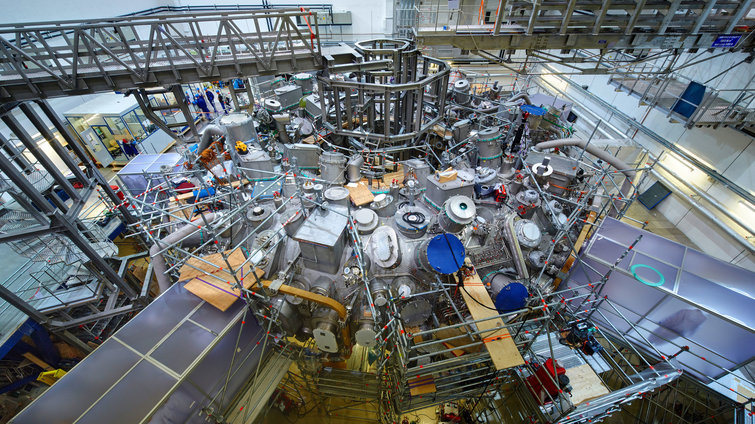
In 2014 the main installation of Wendeltein 7-X is completed. The preparations for operation are starting – the test of all the technical systems.
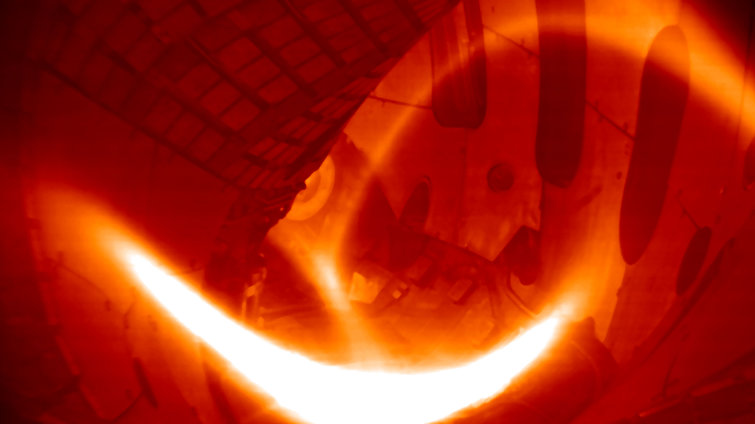
End of 2015 Wendelstein 7-X produces its first helim hydrogen plasma. The first hydrogen plasma in February 2016 marks the start of scientific operation.
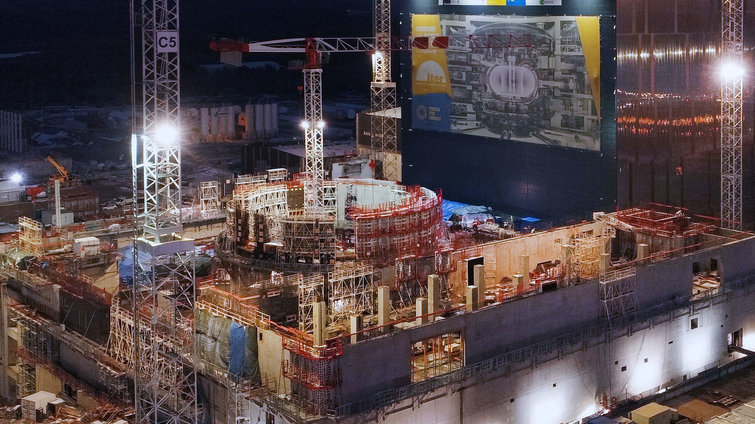
End of 2017 the ITER Organisation announces completion of 50 percent of the total construction work scope through First Plasma, scheduled for December 2025 – including design, component manufacturing, building construction, shipping and delivery, assembly, and installation.